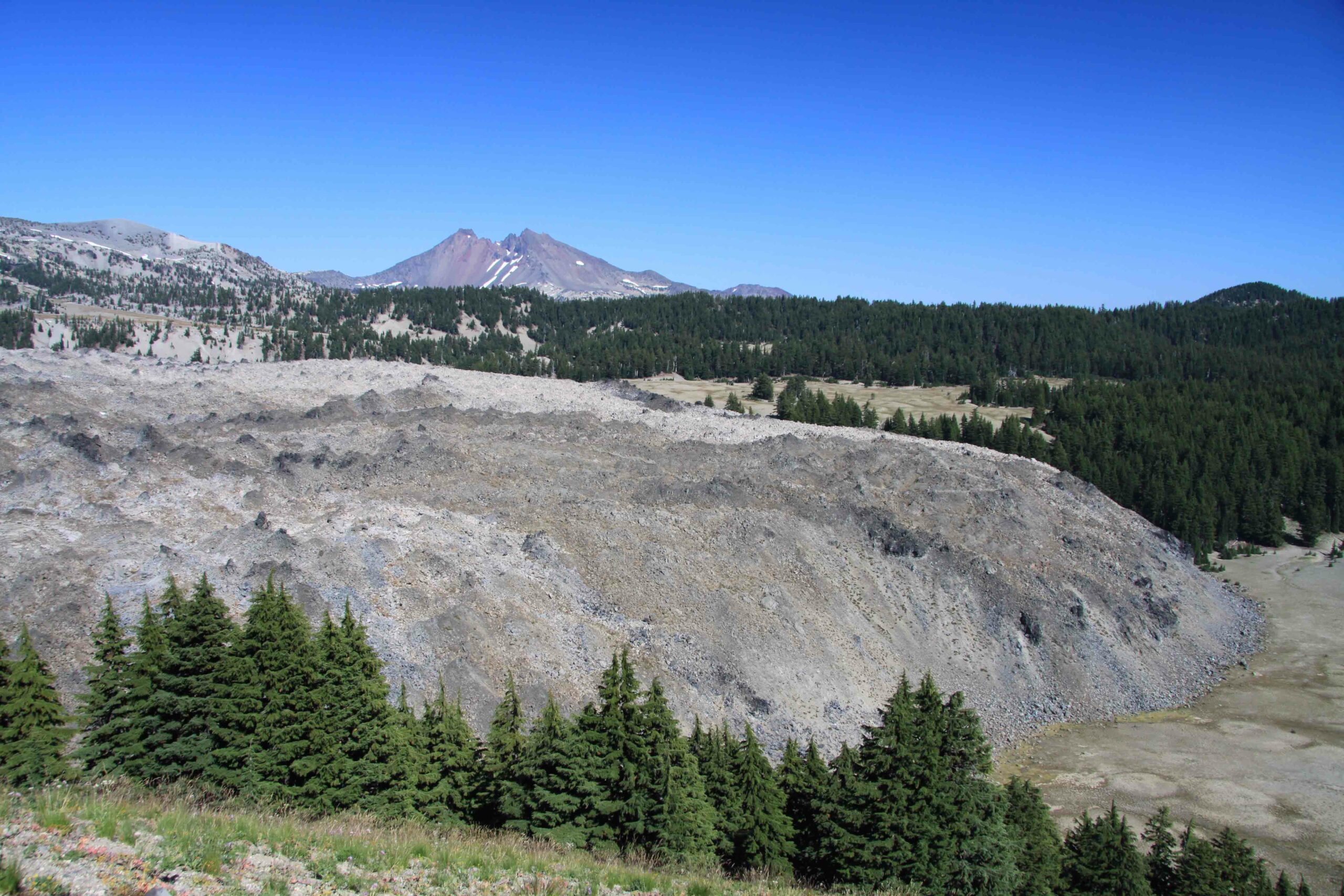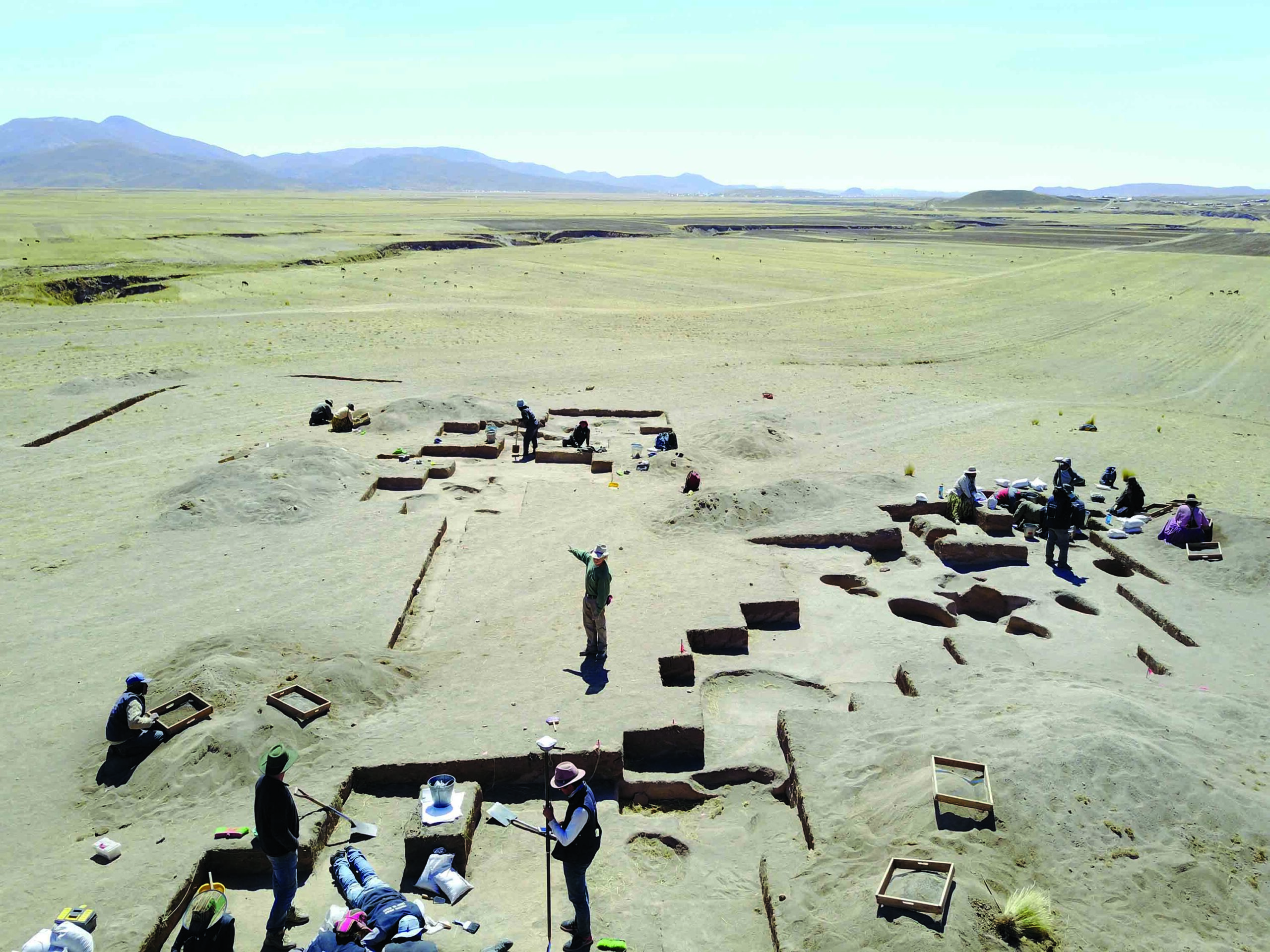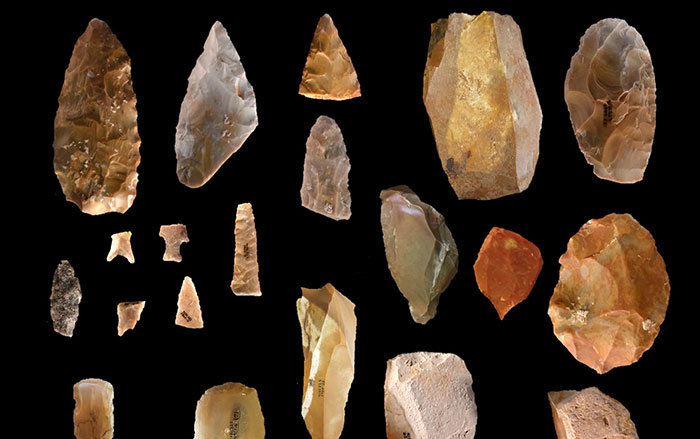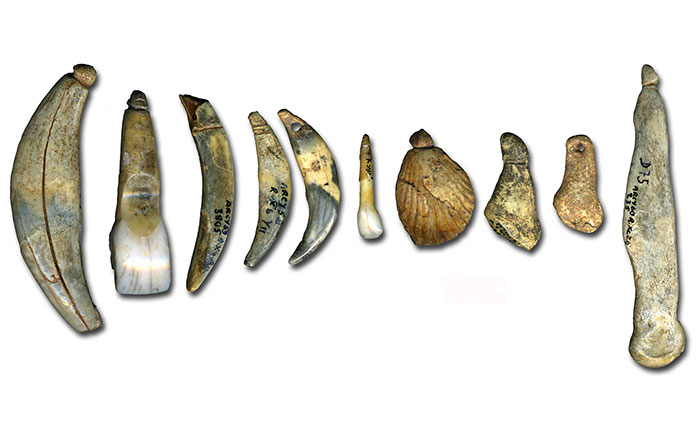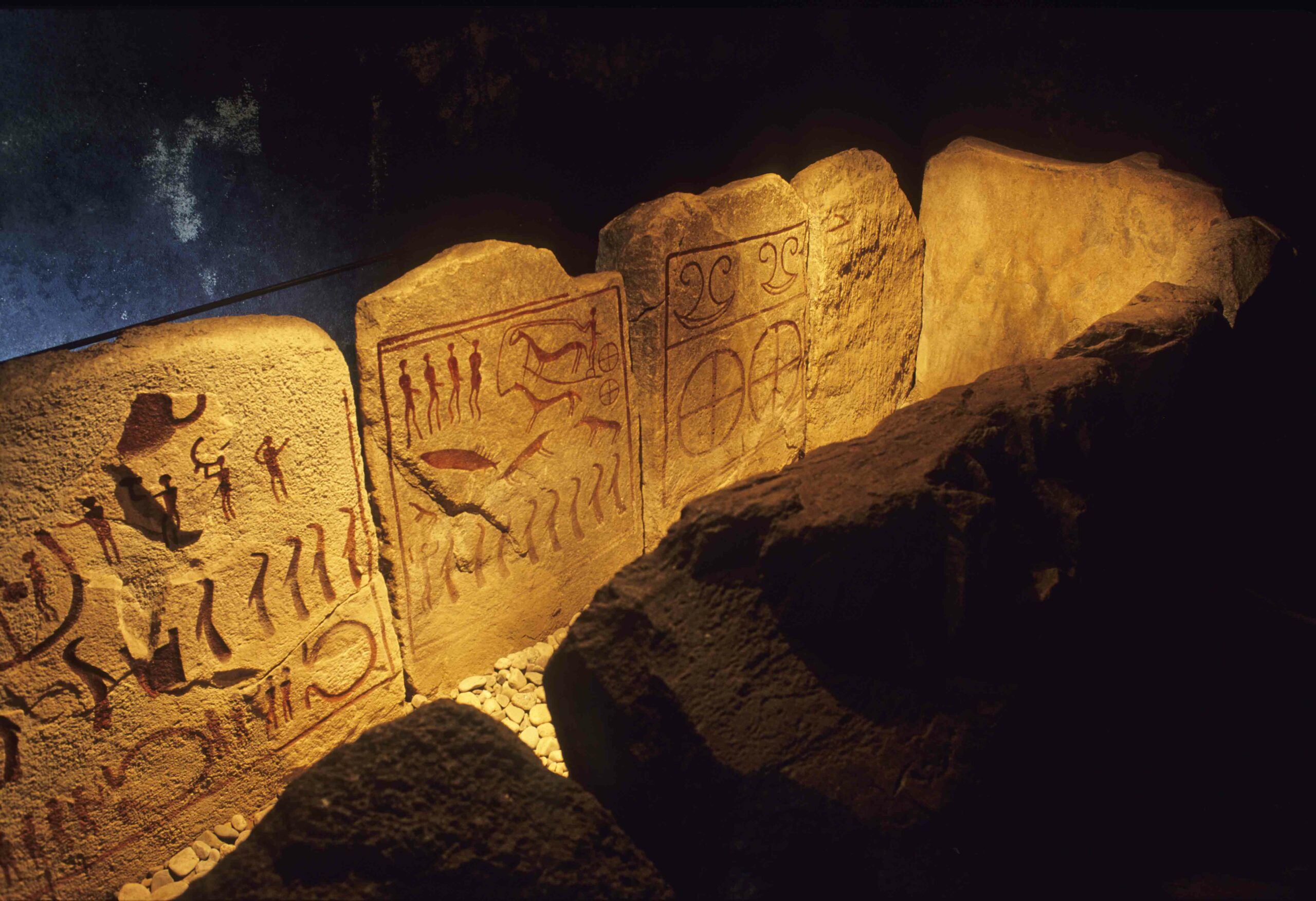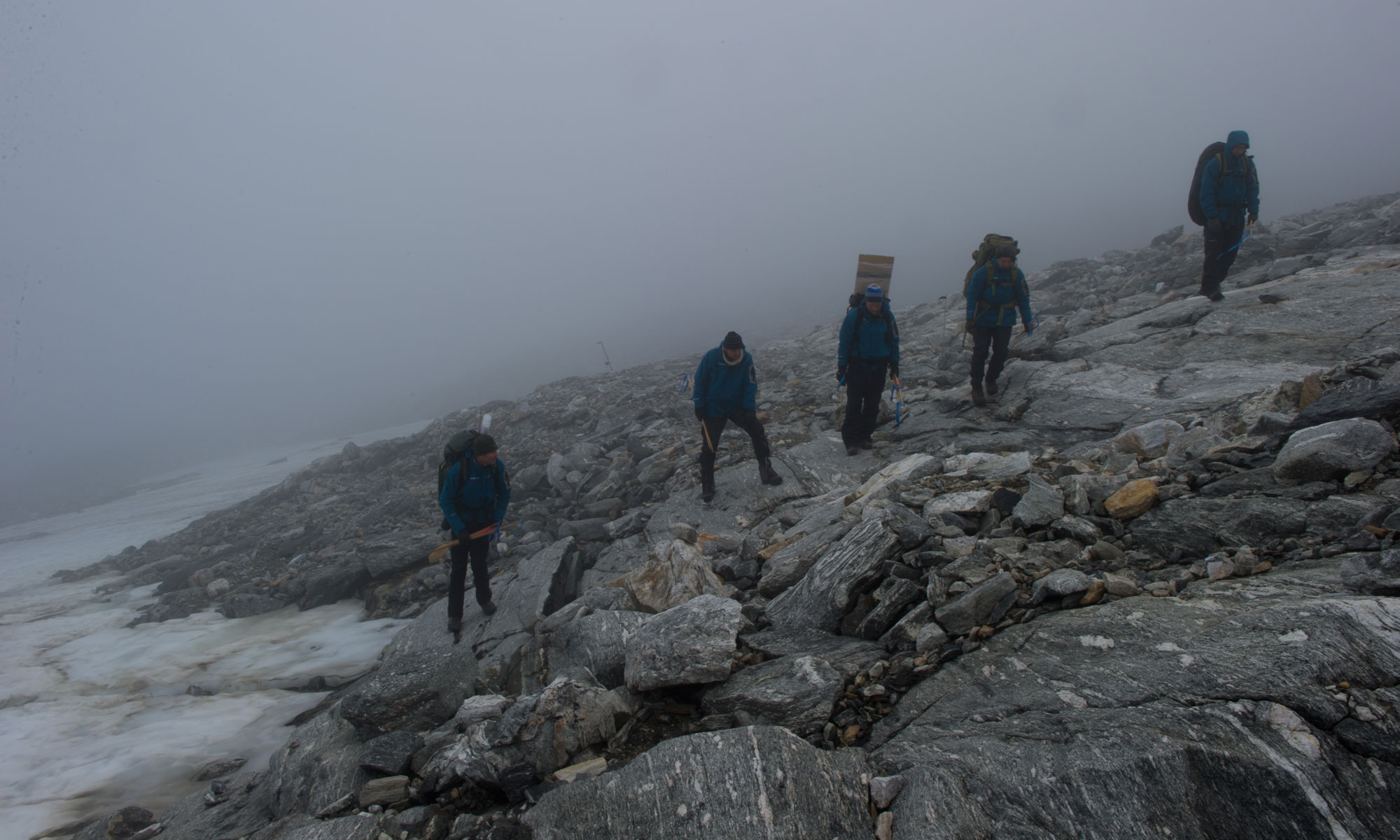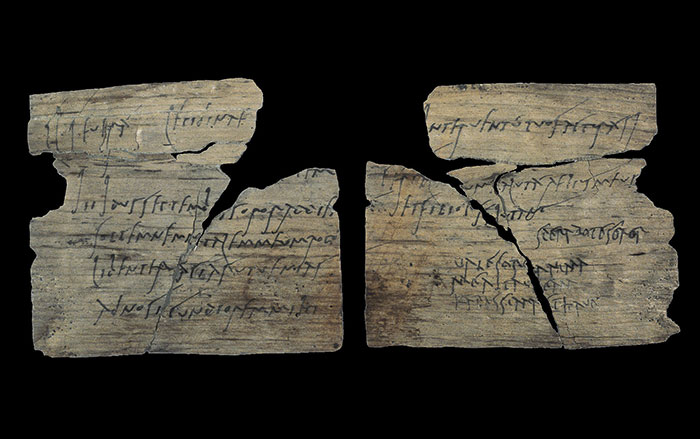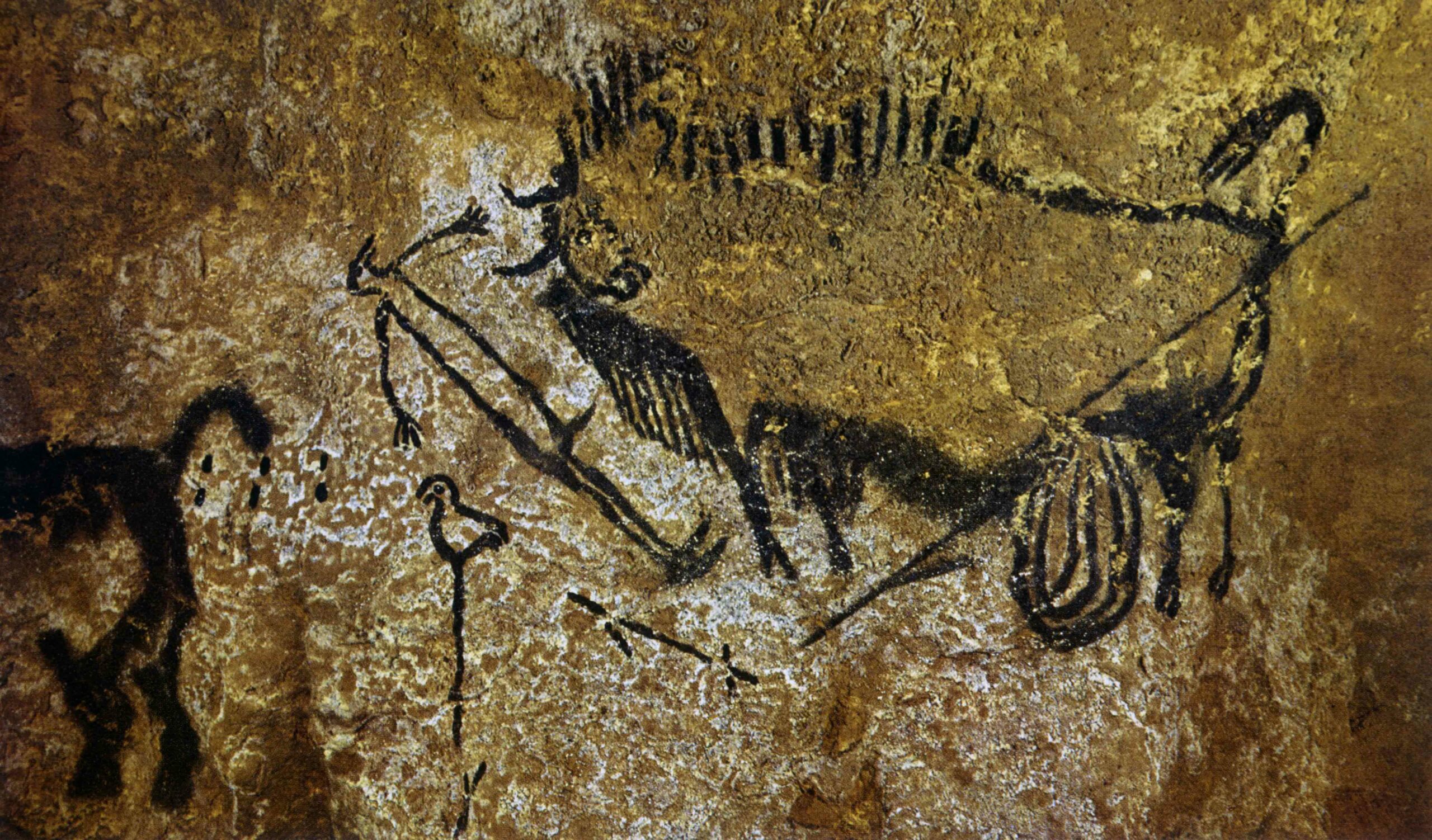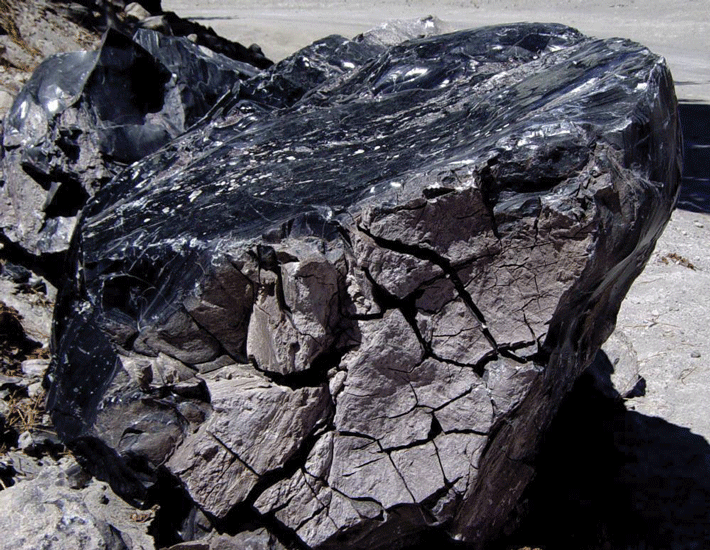
In the 1960s, British archaeologist Colin Renfrew developed a method for analyzing the chemical composition of stone tools made from volcanic obsidian. The test can identify the lava flows from which the tools were quarried. Today, portable spectrometers can deliver that information in one minute.
A single lava flow can create multiple quarries that can be miles apart. However, the chemical makeup of a tool can’t tell archaeologists which specific quarry it came from. A new approach involving magnetic analysis can. Sections of a lava flow cool at different rates, resulting in variations in the sizes, shapes, and orientations of the particles in the obsidian. “As the cooling conditions vary throughout a flow,” explains University of Sheffield archaeologist Ellery Frahm, “the magnetic properties also vary.”
Frahm studied more than 700 pieces of obsidian to show the material could be sourced to within mere feet—not miles—of where it came from, providing a higher-resolution look at the archaeological record.


